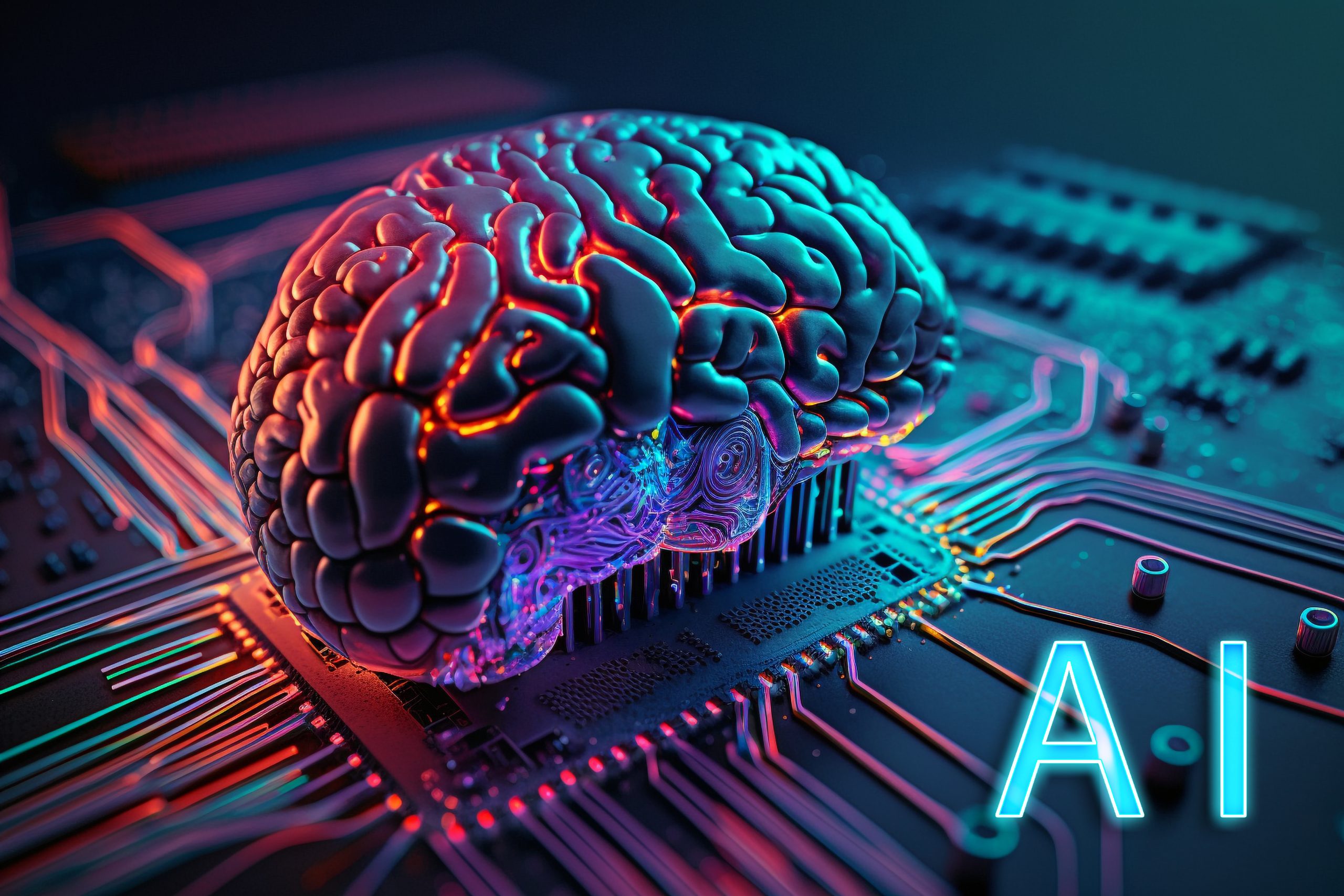The Rise Of AI Image: Revolutionizing The Way We See The World
AI Image: Enhancing Visual Experiences with Artificial Intelligence
What do you mean by AI Image?
AI Image, also known as artificial intelligence image, encompasses a range of technologies and algorithms that utilize artificial intelligence (AI) to process and manipulate images. It leverages computer vision, machine learning, and deep learning techniques to analyze, interpret, and enhance digital images. With AI image technology, computers are able to understand and extract knowledge from visual data, providing a wide array of applications and benefits.
How Does AI Image Work?

AI image technology works by training algorithms on large datasets of labeled images. These algorithms learn patterns, features, and contexts from the data, enabling them to recognize and classify objects, scenes, and various attributes within images. Deep learning architectures, such as convolutional neural networks (CNNs), have proven to be highly effective in image recognition tasks.
Once trained, AI image models can be deployed to analyze new images. They can identify objects, detect faces, recognize text, and even predict attributes such as emotion, age, or gender. AI image technology can also go beyond analysis and perform image enhancement tasks such as denoising, super-resolution, style transfer, and colorization.
What is Known about AI Image?
AI image technology has gained significant attention and progress in recent years. It has been successfully applied in various domains, including healthcare, self-driving cars, security systems, e-commerce, and entertainment. AI image recognition has enabled medical professionals to diagnose diseases from medical images, empowered autonomous vehicles to detect and react to objects in real-time, and enhanced security systems by identifying individuals from surveillance footage.
Furthermore, AI image algorithms have revolutionized the way we interact with images. They have enabled the creation of realistic deepfakes, augmented reality filters, and advanced photo editing tools. With AI image technology, users can effortlessly remove unwanted objects from photos, alter facial features, or even transform images into artistic masterpieces.
Solution: Advancements in AI Image Technology
The advancements in AI image technology have opened up endless possibilities for businesses and individuals alike. By leveraging AI algorithms, companies can automate image analysis tasks, improve product recommendations based on visual data, and provide immersive user experiences. For instance, e-commerce platforms can use AI image recognition to suggest visually similar products based on a user’s preference or even enable virtual try-on experiences.
Moreover, AI image technology has the potential to revolutionize content creation and marketing. It can automatically generate captions, alt text, and tags for images, making them more discoverable and accessible. Additionally, AI algorithms can assist in creating personalized visual content, such as customized product images or targeted advertisements, by analyzing user data and preferences.
Information: AI Image Algorithms and Tools
Several AI image algorithms and tools are available to developers and businesses seeking to leverage this technology. Some popular frameworks for creating and deploying AI image models include TensorFlow, PyTorch, and Keras. These frameworks provide a wide range of pre-trained models and allow customization and fine-tuning for specific applications.
Additionally, cloud-based AI image services, such as Amazon Rekognition, Google Cloud Vision API, and Microsoft Azure Computer Vision, offer ready-to-use APIs and SDKs for incorporating AI image capabilities into applications without extensive machine learning expertise. These services provide features like object detection, facial recognition, and even content moderation.
Conclusion
AI image technology has revolutionized the way we process, analyze, and enhance digital images. By harnessing the power of artificial intelligence algorithms, we can automate tasks, improve visual experiences, and unlock endless possibilities. From medical diagnostics to content creation, AI image technology continues to shape various industries and pave the way for a future where images are not just seen, but truly understood.
FAQs (Frequently Asked Questions)
1. How accurate is AI image recognition?
AI image recognition has achieved impressive accuracy rates, especially with the advancements in deep learning algorithms. However, the accuracy can vary depending on the specific task and dataset used for training. Generally, state-of-the-art models can achieve accuracy rates above 90% for well-defined recognition tasks.
2. Can AI image technology be used for video processing?
Yes, AI image technology can be extended to video processing tasks. By analyzing and processing frames of a video using AI image algorithms, applications can detect objects, track motion, and perform various visual analysis tasks. This technology has been employed in video surveillance systems, video editing software, and even autonomous vehicles.
3. Is AI image technology accessible to individuals without programming skills?
While developing AI image models typically requires programming knowledge and machine learning expertise, there are user-friendly tools and cloud-based services available that simplify the process. These tools often offer a graphical interface and pre-trained models, allowing users without programming skills to leverage AI image technology for various tasks.
4. Are there any ethical concerns associated with AI image technology?
AI image technology raises ethical concerns, particularly in areas such as deepfakes and privacy. The ability to manipulate images and create realistic fake content can have negative implications, such as misinformation or misuse of personal data. Striking a balance between innovation and responsible use of AI image technology is crucial to mitigate these concerns.
5. What are some potential future applications of AI image technology?
The future of AI image technology holds great potential. Some emerging applications include AI-assisted medical image analysis for early disease detection, AI-powered content creation for personalized marketing campaigns, and AI-driven image search engines capable of understanding and retrieving visual content based on user queries. The possibilities are vast, and technology continues to evolve rapidly.
Posting Komentar untuk "The Rise Of AI Image: Revolutionizing The Way We See The World"